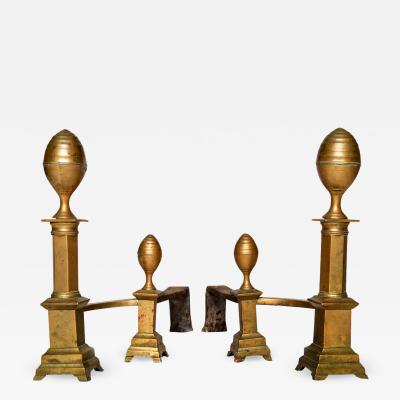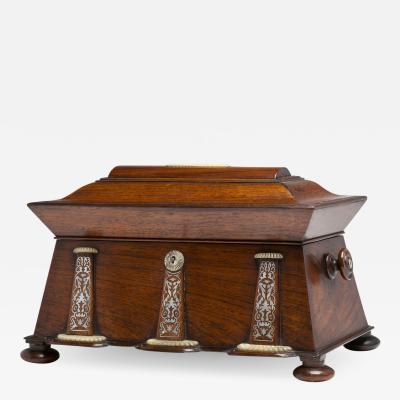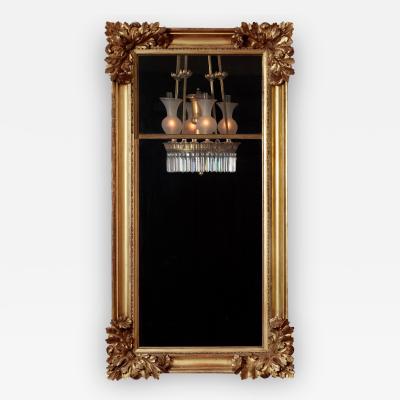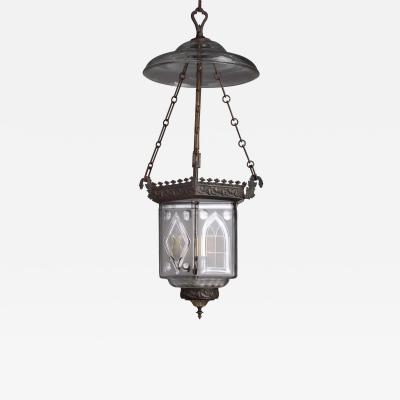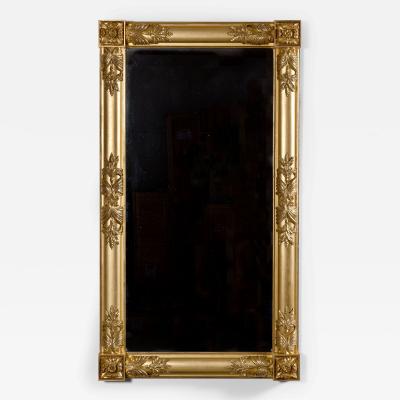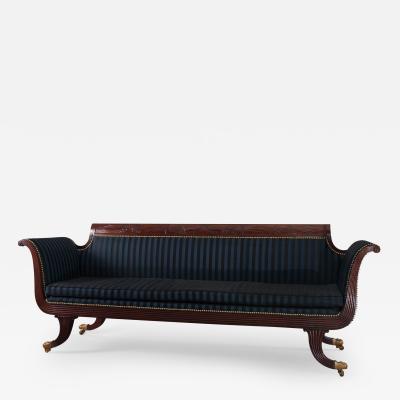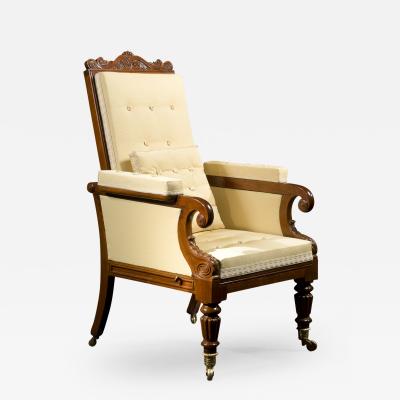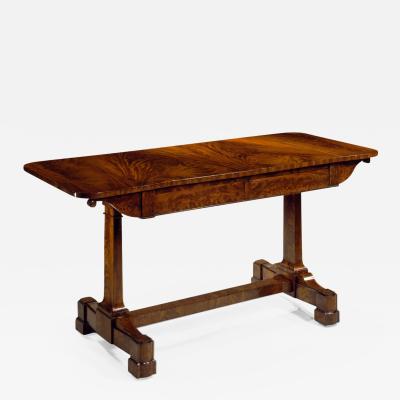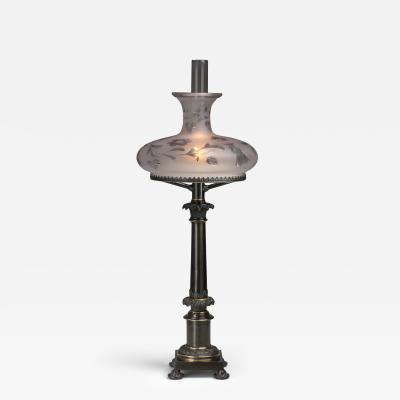Listings / Furniture / Lighting / Table Lamps
Pair of Lacquered Brass Sinumbra Argand Lamps with Atlas Bases
-
Description
The cut, etched and blown glass shades on a flattened doughnut-shaped font supported by fuel tubes above a bronze acanthus-flower drip-cup above the figure of Atlas supporting the world on his shoulders, standing on an octagonal stepped and raised plinth with bearded visages facing out at each corner. The base plate marked Messenger & Sons.
Condition: Excellent: The lacquered patination has been restored to its original appearance. The burners are intact.
A “sinumbra” lamp works on the Argand burner principal but the "font" or oil reserve is in the shape of a flattened doughnut, allowing light to stream directly down through the hole onto a table without the font blocking or casting a shadow, hence “without shade.”
Argand's invention, developed initially with Matthew Bolton and James Watt in England, was subsequently manufactured by a host of makers in Birmingham including Messenger, Johnston-Brookes, Phipson & Lambley, Fletcher & Day, T.C. Salt and Ratcliff. Messenger first appeared in the Birmingham city directory as Messenger & Phipson in 1797, and iterations of the firm survived into the twentieth century. Messenger was among the largest and most successful of the many manufacturers of lighting based in Birmingham, England, who exported their products to the United States. Virtually all Argand lamps in America prior to 1830 were imported from England and sold through retailers in the major cities on the Northeast seaboard; often "private labeled" at the factories.
Hailed by Rees in his encyclopedia of 1819 The Universal Dictionary of Arts, Sciences, and Literature saying "it may be justly ranked among the greatest discoveries of the age" and by Benjamin Franklin who noted it was "much admired for its splendor," Argand's invention was the most important advancement in home lighting since the discovery of fire.
The design of Argand lamps took many forms, usually inspired by such widely-known images of classical antiquity as those published by Giovanni Battista Piranesi, a veritable lexicon of classical symbols, or drawn, in the same spirit, from Greek and Roman myths. In his highly influential 1778, Vassi, candelabri, cippi, sarcofagi, tripodi, lucerne, ed ornamenti antichi...Piranesi published a "Granite cistern supported by four fauns resting on a base," from Cardinal Albani's Villa dell' Emo, which is the likely source for the figure of Atlas in these lamps. In the early 19th century, the appropriateness of the using the iconic Atlas, the Titan condemned to hold up the dome of heaven, as a lamp base would have been broadly appreciated by elite consumers of luxury products such as these.
Geneva-born philosopher and inventor Francois-Pierre-Ami Argand (1750-1803), received a British patent for his lamps, developed a few years earlier in Paris, on March 15th, 1784 (patent no. 1425). His invention which promised "a lamp that is so constructed to produce neither smoak [sic.] nor smell, and to give considerably more light than any lamp hitherto known" consisted of a tubular wick held between metal tubes with a central air vent, a rack and pinion wick riser assembly and a tall, narrow chimney that fit closely around the wick causing hot air to be drawn up through the center of the flame as well as around its outside creating more thorough combustion. It was designed to burn rape-seed (colza) and whale oil, issuing from an oil reserve or “font” positioned so that the oil would flow from the force of gravity to the burner. -
More Information
Origin: England Period: 19th Century Materials: Lacquered Brass. Condition: Excellent. In oil, re-lacquered. Creation Date: Circa 1835. Number of Pieces: 2-3 Styles / Movements: Classical, George IV, Neoclassical Book References: Gerald T. Gowitt, 19th Century Elegant Lighting (Atglen: Schiffer Publishing, Ltd., 2002), 125-157. Dealer Reference #: L-1209241 Incollect Reference #: 110559 -
Dimensions
H. 33.5 in; Diam. 11 in; H. 85.09 cm; Diam. 27.94 cm;
Message from Seller:
Welcome to Carswell Rush Berlin Antiques, a premier New York City-based dealer specializing in American antique furniture and decorative accessories from the Classical period (1800-1840). For inquiries, please contact us at 646.645.0404 or email carswellberlin@msn.com.
Sold

















